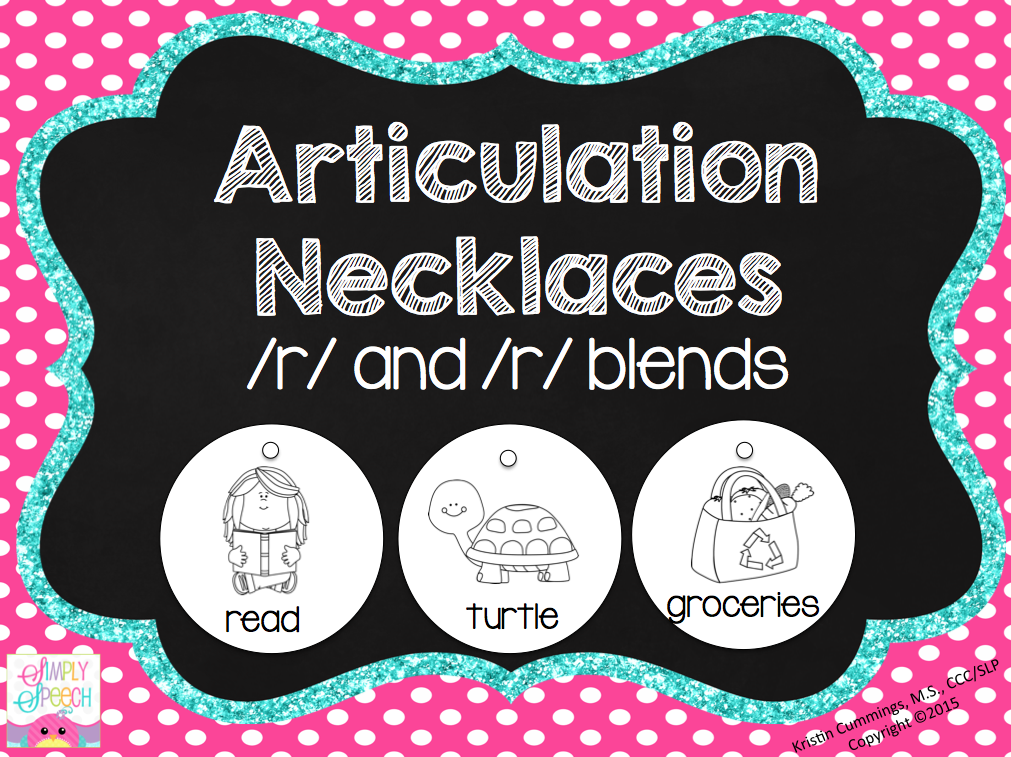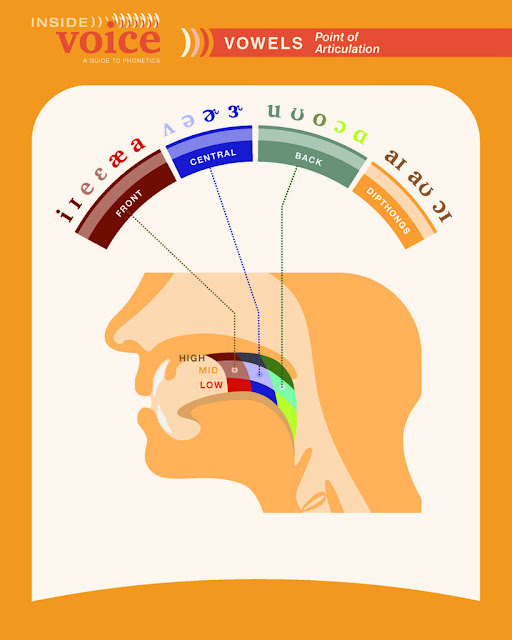The Art Of Articulation: Navigating The Pronunciation Of "Jewelry"
The Art of Articulation: Navigating the Pronunciation of "Jewelry"
Related Articles: The Art of Articulation: Navigating the Pronunciation of "Jewelry"
Introduction
In this auspicious occasion, we are delighted to delve into the intriguing topic related to The Art of Articulation: Navigating the Pronunciation of "Jewelry". Let’s weave interesting information and offer fresh perspectives to the readers.
Table of Content
The Art of Articulation: Navigating the Pronunciation of "Jewelry"

The English language, with its diverse origins and evolution, presents numerous challenges for learners and native speakers alike. One such hurdle is the pronunciation of certain words, particularly those with seemingly straightforward spellings but complex sound combinations. "Jewelry," a word commonly encountered in everyday conversation and written communication, falls into this category.
While the spelling might suggest a pronunciation with a distinct "j" sound followed by "ew," the actual articulation deviates from this expected pattern. This discrepancy often leads to mispronunciations, impacting communication and potentially creating awkward situations. This article delves into the intricacies of pronouncing "jewelry" correctly, exploring its historical roots, phonetic nuances, and practical implications.
Unraveling the Sound: A Historical Perspective
The word "jewelry" finds its origins in the Old French term "joiel," meaning "jewel." Over time, the word evolved into "jewelrie" and subsequently "jewelry" in Middle English. This linguistic journey played a pivotal role in shaping the pronunciation we know today.
The initial "j" in "jewelry" is not pronounced as a hard "j" sound, as in "jump" or "jar." Instead, it represents a softer, more palatalized "j" sound, similar to the "zh" sound in "vision" or "azure." This sound is produced by placing the tongue against the roof of the mouth, slightly behind the teeth, and then releasing the air with a hissing sound.
The "ew" combination in "jewelry" is not pronounced as a distinct diphthong, as in "few" or "new." Instead, it is pronounced as a single, long "u" sound, similar to the "u" in "flute" or "music." This sound is produced by rounding the lips and raising the back of the tongue towards the roof of the mouth.
The Correct Articulation: A Breakdown
Therefore, the correct pronunciation of "jewelry" is "joo-əl-ree". The emphasis falls on the first syllable, "joo," with the "j" sound being soft and palatalized. The second syllable, "əl," is pronounced with a short "u" sound, similar to the "u" in "but." The final syllable, "ree," is pronounced with a long "e" sound, similar to the "e" in "see."
Beyond Pronunciation: The Significance of Accuracy
While the correct pronunciation of "jewelry" might seem like a minor detail, it holds significant importance.
- Clarity and Communication: Precise articulation ensures that the intended meaning is conveyed accurately, avoiding misunderstandings and misinterpretations.
- Professionalism and Credibility: Correct pronunciation enhances professionalism and credibility, especially in formal settings like business meetings or presentations.
- Cultural Sensitivity: Language plays a crucial role in cultural identity. Using the correct pronunciation demonstrates respect for the language and its nuances.
Addressing Common Mispronunciations
Several common mispronunciations of "jewelry" arise from the inherent complexity of its sound structure. These include:
- "Jew-el-ry": This mispronunciation occurs when the initial "j" sound is pronounced as a hard "j" instead of the softer, palatalized "j" sound.
- "Jew-lery": This mispronunciation arises from the incorrect pronunciation of the "ew" combination as a distinct diphthong, similar to "few" or "new," instead of the single, long "u" sound.
- "Jew-el-ree": This mispronunciation is a combination of the two aforementioned errors, mispronouncing both the initial "j" sound and the "ew" combination.
Tips for Mastering the Pronunciation
Mastering the correct pronunciation of "jewelry" requires practice and conscious effort. Here are some tips to guide you:
- Focus on the Palatalized "j": Pay attention to the placement of your tongue against the roof of your mouth when pronouncing the initial "j" sound.
- Practice the Long "u" Sound: Isolate the "ew" combination and practice pronouncing it as a single, long "u" sound.
- Use Online Resources: Utilize online dictionaries, pronunciation guides, and audio recordings to familiarize yourself with the correct articulation.
- Record Yourself: Recording yourself saying "jewelry" and listening back can help identify and correct any mispronunciations.
- Engage in Conversational Practice: Incorporate "jewelry" into your everyday conversations to solidify the correct pronunciation through regular use.
FAQs on the Pronunciation of "Jewelry"
1. Is it acceptable to pronounce "jewelry" as "jew-el-ry"?
While this pronunciation is commonly heard, it is not considered correct. The initial "j" sound should be a soft, palatalized "j," not a hard "j."
2. Why is the "ew" combination pronounced as a long "u" sound in "jewelry"?
The pronunciation of "ew" as a long "u" sound in "jewelry" is a result of the historical evolution of the word, stemming from its Old French origins.
3. Is there a specific accent that influences the pronunciation of "jewelry"?
While regional accents can influence pronunciation, the correct pronunciation of "jewelry" remains consistent across most English-speaking regions.
4. Is it important to pronounce "jewelry" correctly in professional settings?
Yes, correct pronunciation is crucial in professional settings as it reflects competence and professionalism.
5. Can I improve my pronunciation of "jewelry" through practice?
Absolutely. Consistent practice, utilizing the tips outlined above, can significantly enhance your pronunciation.
Conclusion
The correct pronunciation of "jewelry" is "joo-əl-ree," emphasizing the soft, palatalized "j" sound and the single, long "u" sound in the "ew" combination. Mastering this pronunciation demonstrates linguistic awareness, enhances communication clarity, and contributes to a more professional and credible image. By understanding the historical roots, phonetic nuances, and practical implications of this seemingly simple word, individuals can navigate the intricacies of the English language with greater confidence and precision.








Closure
Thus, we hope this article has provided valuable insights into The Art of Articulation: Navigating the Pronunciation of "Jewelry". We hope you find this article informative and beneficial. See you in our next article!
You may also like
Recent Posts
- The Allure Of Cubic Zirconia: A Comprehensive Guide To Its Beauty And Versatility
- The Evolution Of Jewelry Design: Embracing The Power Of CAD
- Corfe Castle: A Journey Through Time In The English Countryside
- Restoring A Precious Symbol: Repairing A Cut Ring
- A Comprehensive Guide To Silver Jewelry In Chennai: Unveiling The City’s Silver Treasures
- A Glimpse Into Kolkata’s Golden Legacy: Exploring City Gold Jewellery
- Navigating The Landscape Of Charitable Giving: Supporting Local Communities In The Wake Of COVID-19
- Corfe Castle And Village: A Journey Through Time
Leave a Reply